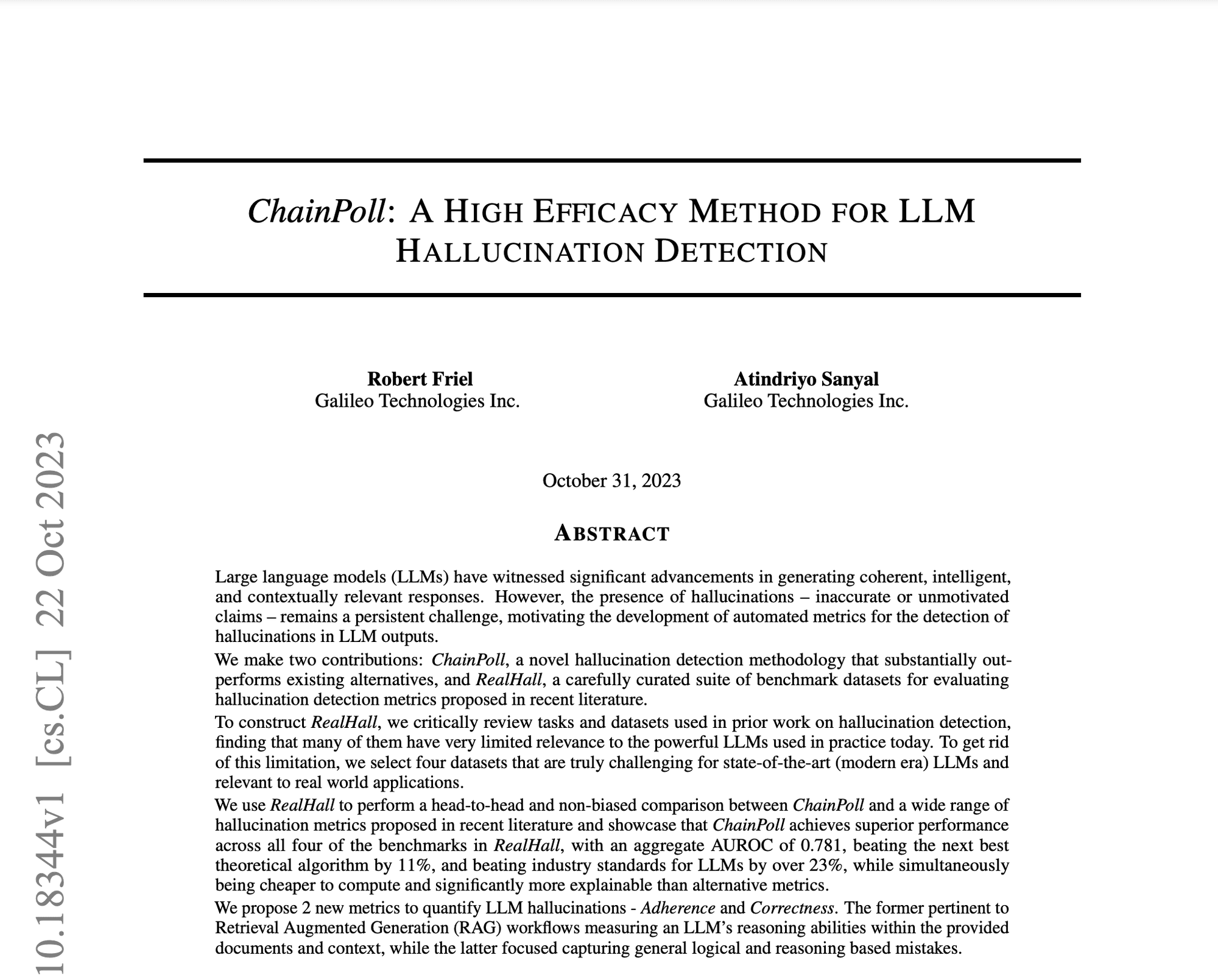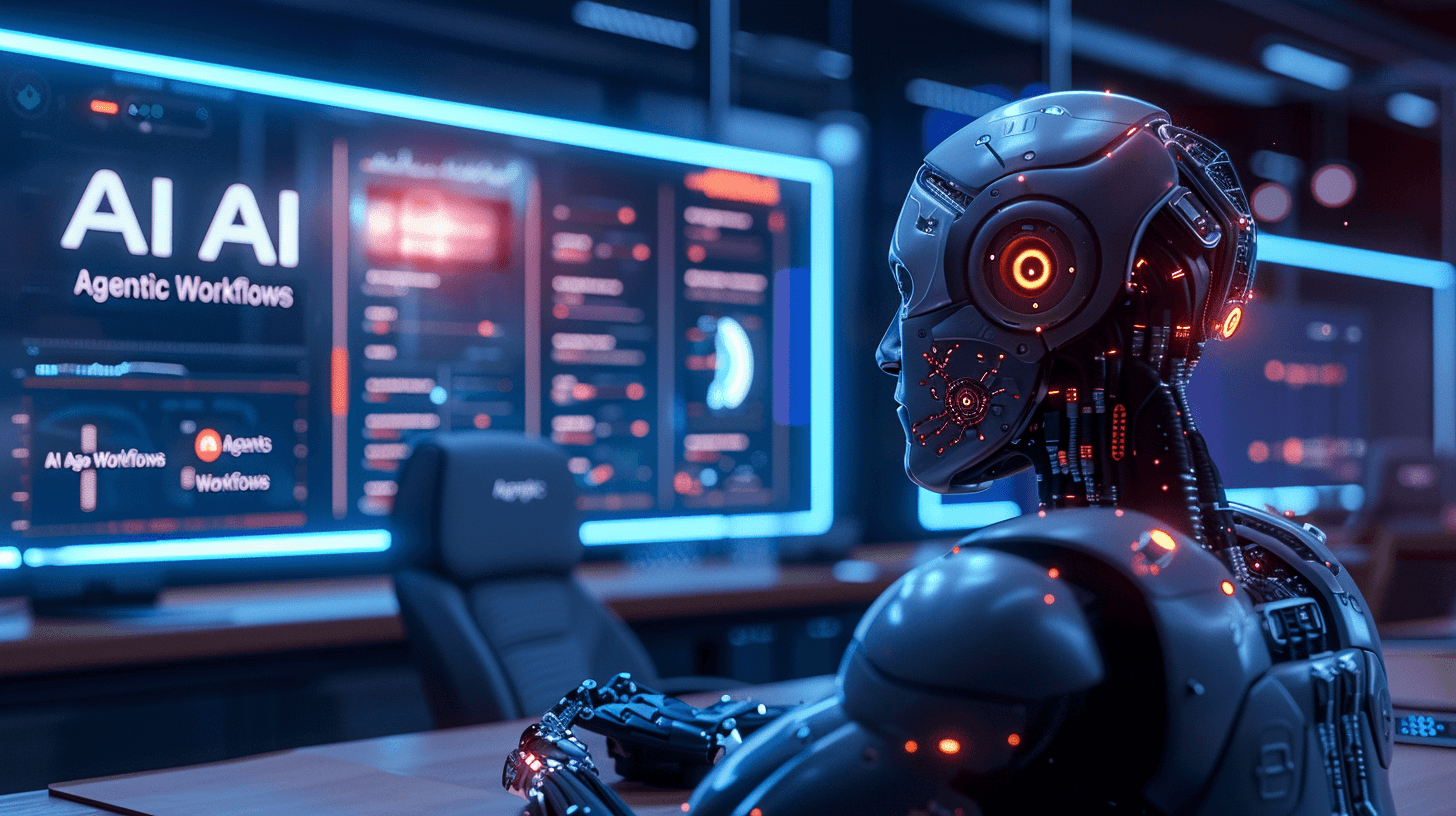Top 5 Former & Current OpenAI Leaders Venture Capitalists Should Follow
OpenAI at the forefront of many groundbreaking AI developments and is constantly in the news, for both innovation and turmoil. As the company experiences shifts in its talent pool, including a recent brain drain of talent to the outside, venture capitalists should keep a close eye on key figures who have shaped—and continue to shape—the AI industry. These individuals not only carry invaluable expertise but will also spark the next wave of AI innovation.
Here are five current and former OpenAI employees that every VC should be watching:
1. John Schulman: The Reinforcement Learning Pioneer

John Schulman’s journey from physics to artificial intelligence exemplifies the interdisciplinary nature of AI research. After completing his undergraduate studies in physics at the California Institute of Technology, Schulman’s curiosity led him to explore the intersection of neuroscience and machine learning during his Ph.D. at UC Berkeley, where he worked under the guidance of Pieter Abbeel.
Schulman co-founded OpenAI in December 2015, shortly before completing his doctorate. At OpenAI, he quickly established himself as a leading figure in reinforcement learning, a critical area of AI that focuses on training models through reward-based systems. His work was instrumental in developing key algorithms that have become foundational in the field.
As co-lead of OpenAI’s reinforcement learning team, Schulman played a pivotal role in the development of ChatGPT, the conversational AI that has taken the tech world by storm. His contributions extended beyond pure technical development; Schulman was deeply involved in AI safety efforts, working to ensure that AI systems align with human values and behave ethically.
In August 2024, Schulman made a significant career move by joining Anthropic, a rival AI company known for its focus on developing large language models like Claude. This transition was motivated by his desire to delve deeper into AI alignment and engage more directly in hands-on technical work.
For VCs, Schulman’s move to Anthropic is particularly noteworthy. It signals a growing emphasis on AI safety and alignment in the industry, potentially opening up new investment opportunities in this crucial area. His continued work could lead to breakthroughs in creating more reliable and ethically-aligned AI systems, a key concern as AI becomes increasingly integrated into various sectors. It is also notice to pay serious consideration to Anthropic if you haven’t already.
2. Greg Brockman: The Visionary Engineer

Greg Brockman’s career trajectory reads like a Silicon Valley success story. Born in Thompson, North Dakota, Brockman showed early promise in science and mathematics, winning a silver medal at the 2006 International Chemistry Olympiad and becoming a finalist in the Intel Science Talent Search. His academic journey took him from Harvard to MIT, though he left formal education in 2010 to join Stripe, a decision that would shape his future in tech.
At Stripe, Brockman’s talents quickly became apparent. He rose to become the Chief Technology Officer by 2013, playing a crucial role in scaling the company from a small startup to a major player in the payment processing industry. His experience at Stripe honed his skills in both technical development and leadership, preparing him for his next big venture.
In December 2015, Brockman co-founded OpenAI alongside Sam Altman, Elon Musk, Ilya Sutskever, and other notable figures in the tech world. As President and initially CTO of OpenAI, Brockman has been instrumental in shaping the company’s strategic direction and technical achievements. He led several key projects, including OpenAI Gym, a toolkit for developing and comparing reinforcement learning algorithms, and OpenAI Five, which demonstrated the potential of AI in complex strategic games.
Brockman’s leadership style is characterized by a hands-on approach. He’s known for spending significant time coding and addressing technical challenges directly, earning him the reputation of a “10x engineer” in Silicon Valley circles. His advocacy for the democratization of AI technology has been a driving force behind OpenAI’s mission to ensure AI benefits humanity as a whole.
In November 2023, Brockman briefly left OpenAI during a tumultuous period that saw the temporary dismissal of CEO Sam Altman. However, he quickly returned to the company following Altman’s reinstatement. As of now, Brockman is on an extended sabbatical, planning to return to OpenAI after a period of recharging.
For VCs, Brockman represents a unique combination of technical brilliance, leadership experience, and strategic vision in the AI field. His sabbatical and eventual return to OpenAI will be of great interest, as his next moves could significantly influence the direction of AI development. Any new initiatives or projects he undertakes upon his return could present valuable investment opportunities, given his track record of turning innovative ideas into industry-changing realities.
3. Peter Deng: The Product Visionary

Peter Deng’s career is a testament to his ability to drive product innovation across some of the tech industry’s most influential platforms. With a background in Symbolic Systems from Stanford University and a Master’s in Media Studies and Communication, Deng brings a unique blend of technical knowledge and user-centric design thinking to his roles.
Deng’s impressive track record includes nearly a decade at Facebook, where he developed key features like Messenger, Chat, Events, and Groups. His subsequent roles as Head of Product at Instagram and Head of Product Management at Oculus showcased his versatility across different platforms and technologies. At Uber, as Head of Rider, he contributed significantly to the company’s growth leading up to its IPO. His tenure as Chief Product Officer at Airtable saw the company’s valuation soar to $10 billion, further cementing his reputation as a product leader who can drive exponential growth.
In May 2023, Deng joined OpenAI as the Vice President of Consumer Product, where he led the product, design, and engineering teams responsible for ChatGPT and ChatGPT Enterprise. His appointment signified OpenAI’s commitment to making AI accessible and useful to a broad audience. However, in early 2024, Deng departed from OpenAI after less than a year in the role.
Deng’s brief tenure at OpenAI and subsequent departure are particularly intriguing for VCs. His move to and from the AI giant within a short period indicate the rapidly changing dynamics within the AI industry and specifically OpenAI. It also highlights the intense competition for top talent in the field and the potential for new ventures or shifts in the AI landscape.
For VCs, tracking Deng’s next move could be crucial. Given his extensive experience in scaling products and driving user adoption across various platforms, any new venture or role he takes on could signify emerging trends or opportunities in the tech and AI sectors. His expertise in crafting intuitive user experiences for complex technologies makes him a valuable asset in any tech-focused endeavor, potentially opening up new markets and investment opportunities.
4. Ilya Sutskever: The Deep Learning Visionary

Ilya Sutskever’s journey in AI is nothing short of remarkable. Born in Russia and later immigrating to Israel and then Canada, Sutskever’s academic path led him to the University of Toronto, where he studied under Geoffrey Hinton, a pioneer in deep learning. His co-development of AlexNet, a neural network that revolutionized computer vision, marked him as a rising star in the field.
After a stint at Google Brain, where he contributed to the development of TensorFlow and sequence-to-sequence learning, Sutskever co-founded OpenAI in 2015. As Chief Scientist, he was instrumental in developing transformative models like GPT-2, GPT-3, and DALL-E. His work on the “Superalignment” project highlighted his commitment to ensuring AI systems align with human values.
In May 2024, Sutskever left OpenAI to found Safe Superintelligence (SSI), a venture dedicated to developing safe AI technologies. SSI’s focus on creating superintelligence that aligns with human values represents a bold new direction in AI research.
For VCs, Sutskever’s new venture, SSI, is particularly noteworthy. It represents a focused effort to address one of the most critical challenges in AI: ensuring the safety and ethical alignment of highly advanced AI systems. This could open up new investment opportunities in the growing field of AI safety and ethics, an area set to become increasingly important as AI capabilities continue to advance.
5. Jan Leike: The AI Safety Advocate

Jan Leike’s expertise in AI safety and alignment makes him a crucial figure in the evolving landscape of artificial intelligence. With a Ph.D. in general reinforcement learning from the Australian National University, Leike has been at the forefront of efforts to ensure AI systems remain controllable and aligned with human values.
At OpenAI, Leike headed the Alignment Team and co-led the “Superalignment” project with Ilya Sutskever. His work focused on critical areas such as scalable oversight and weak-to-strong generalization, addressing fundamental challenges in creating safe and reliable AI systems.
In May 2024, Leike made headlines by resigning from OpenAI, citing concerns over the company’s prioritization of commercial interests over safety culture. His public criticism of OpenAI’s approach to AI safety sparked important discussions within the AI community about the balance between innovation and responsibility.
Following his departure from OpenAI, Leike joined Anthropic. At Anthropic, he continues his work on AI safety and alignment, bringing his expertise to a company known for its emphasis on ethical AI development.
For VCs, Leike’s move to Anthropic and his outspoken stance on AI safety represent important trends in the industry. His work could lead to the development of new methodologies and technologies for ensuring AI safety, potentially creating new markets for AI safety tools and consulting services. Additionally, his critiques of current industry practices might influence regulatory discussions, shaping the future landscape of AI development and deployment.
The Bottom Line
These five individuals represent some of the brightest minds in AI, each bringing unique expertise and vision to the field. Their career moves and current projects offer valuable insights into the future direction of AI technology and present exciting opportunities for forward-thinking investors. As the AI field continues to evolve, keeping track of these key figures is invaluable for VCs looking to stay ahead of the curve.






